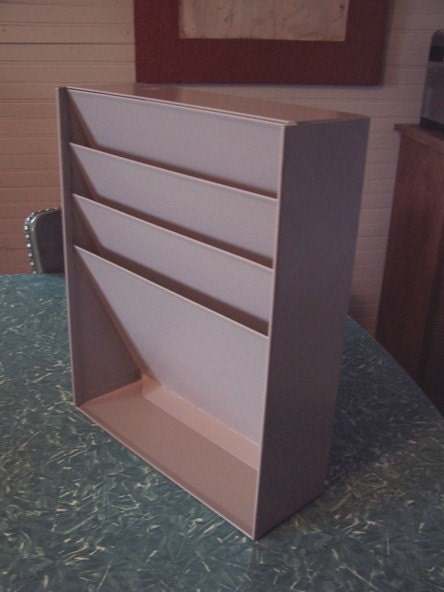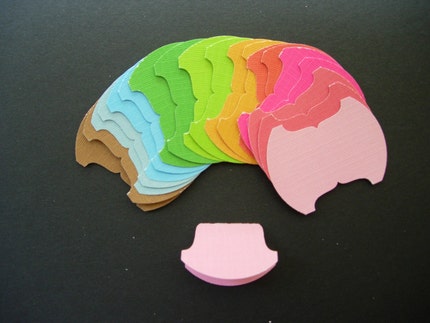How to make your own Tent Weights
The summer season is quickly approaching, and soon our cities and streets will be filled with arts and crafts festivals. Almost all outdoor events require a tent/canopy, and since weather is so unpredictable, it is necessary to weigh the tent down to avoid damage to your tent or artwork, or others tent or artwork. There are many methods available, I am going to show you how to make sturdy weights using PVC pipes, which weigh approx 35 pounds each.
These weights are easy to make by yourself, though it can be handy to have an extra set of muscles around. (I had assistance lifting the heavy bags of concrete our of the car, as well as opening the can of PVC glue - the rest I managed on my own). The total cost was under $60 (plus tax) - though I will mention some options at the end which would cost more. Total time was about 1 1/2 hours.
 Materials Needed:
Materials Needed:10ft PVC pipe, 4 inches diameter - Cut into 4 equal lengths of 2 1/2 feet each - most retailers will do this at no cost to you
--$8.48 @ Home Depot
PVC End Cap 4" diameter - x4
--$7.35 each @ Home Depot
PVC Glue, or other adhesive
--$3.76 @ Home Depot
8"x 1/2" Eye bolts x 4 (these come with nuts)
--$2.56 each @ Home Depot
1/2 inch washers x 4
--$0.19 each @ Home Depot
80 lb bag Quickrete x 2 (Make sure you get the ready-to-use kind - all the aggregate is pre-mixed - all you need is water!)
--$3.29 each @ Lowe's
Easy Water Access (hose or bucket)
Bucket or tray for mixing cement
Small garden shovel or trowel for mixing/pouring cement
4 pieces scrap wood - at least 5 inches long, to fit through eye bolts
Dust mask (Dry cement is very dusty)
Large sponge for clean up
Rope or Bungee cords for propping up tent weights
(My end caps were rounded, so it was not possible for them to stand up on their own - I supported mine against the post on my porch - a deck railing would also work well)
Optional: Tarp or newspaper to lay down to protect work surface from concrete
(I worked outside on my stone porch, so this was not necessary for me)

First step, make sure the pipe and end caps are smooth and clean. Check the fit to make sure the end cap will easily fit on the pipe. Disassemble, and following the directions on the label, apply the PVC glue (or other adhesive) to the inside of cap, then the outside of tube. Then apply the end cap to the tube. Repeat this for all 4 pipes.

Once the end caps are in place, prop the pipes upright, using rope or bungees to stabilize them. (This is especially helpful if you are doing this solo).

Begin mixing concrete. While wearing a dust mask, dump some of the dry concrete mix into your bucket or tray, then add water slowly. I mixed about 1/3 of the bag at a time, though this depends on what you are mixing in.

Thoroughly mix the cement, adding more water or concrete mix until you have the consistency similar to cookie dough. You don't want it soupy, but not too dry either. There should be no puddles of water, and no dry crumbles, either.

Once a good consistency has been reached, start spooning the mixture into your pipes. (This goes much faster than it sounds!) Every so often, shake or tap the pipe to help the wet cement settle into place.

Fill each pipe until it is about 6 or 7 inches from the top - check depth with eye bolt.

Prepare the eye bolts by adding the large washer, then the nut. These help give the concrete something to hold onto, so that the eye bolt won't pull out of the concrete over time.

Slide the piece of scrapwood through the eyebolt, then rest it on the rim of the pipe. This holds the eyebolt in place, and prevents it from sinking into the wet cement. (Alternatively, you can fill the cement all the way to the top, then let it set up for a few minutes, then shove the eyebolt into place. I prefer this method as it eliminates guess work and reduces the risk of waiting too long and having the cement set up too long before adding the eye bolt.)

Fill the rest of the pipe with wet cement up to the base of the eyebolt.
With a large wet sponge, clean off any spills or drips from the pipe before it fully hardens. Let the concrete sit untouched for at least 24 hours so it can fully cure.
When attaching to your tent, I plan to use a tie-down strap attached to the eyebolt, then attached to the top frame of the tent, making sure it is taught. Then use bungees to secure the weight around the leg of the tent. I don't recommend using bungees to suspend the tents from, as you don't want them bouncing about should it get windy.
 Kathryn Riechert's gorgeous display, with PVC tent weights in place
Kathryn Riechert's gorgeous display, with PVC tent weights in placeOther options:
Kathryn Riechert suggests adding end caps to both sides of the weight. Drill a hole through one end cap, thread the eyebolt through and secure with nut. Add washer and nut as mentioned in tutorial. Turn upside down, and fill to the top with cement. To finish, top it off with another end cap so there is no exposed cement.
Another useful tip from Kathryn - add carrying handles. Before pouring the cement, attach heavy-duty handles with long screws to the side of the weight. The cement will fill up around the screws, locking them in place. Makes carrying around 35 pounds a little easier!







![[Most Recent Quotes from www.kitco.com]](http://www.kitconet.com/images/quotes_special.gif)






















































